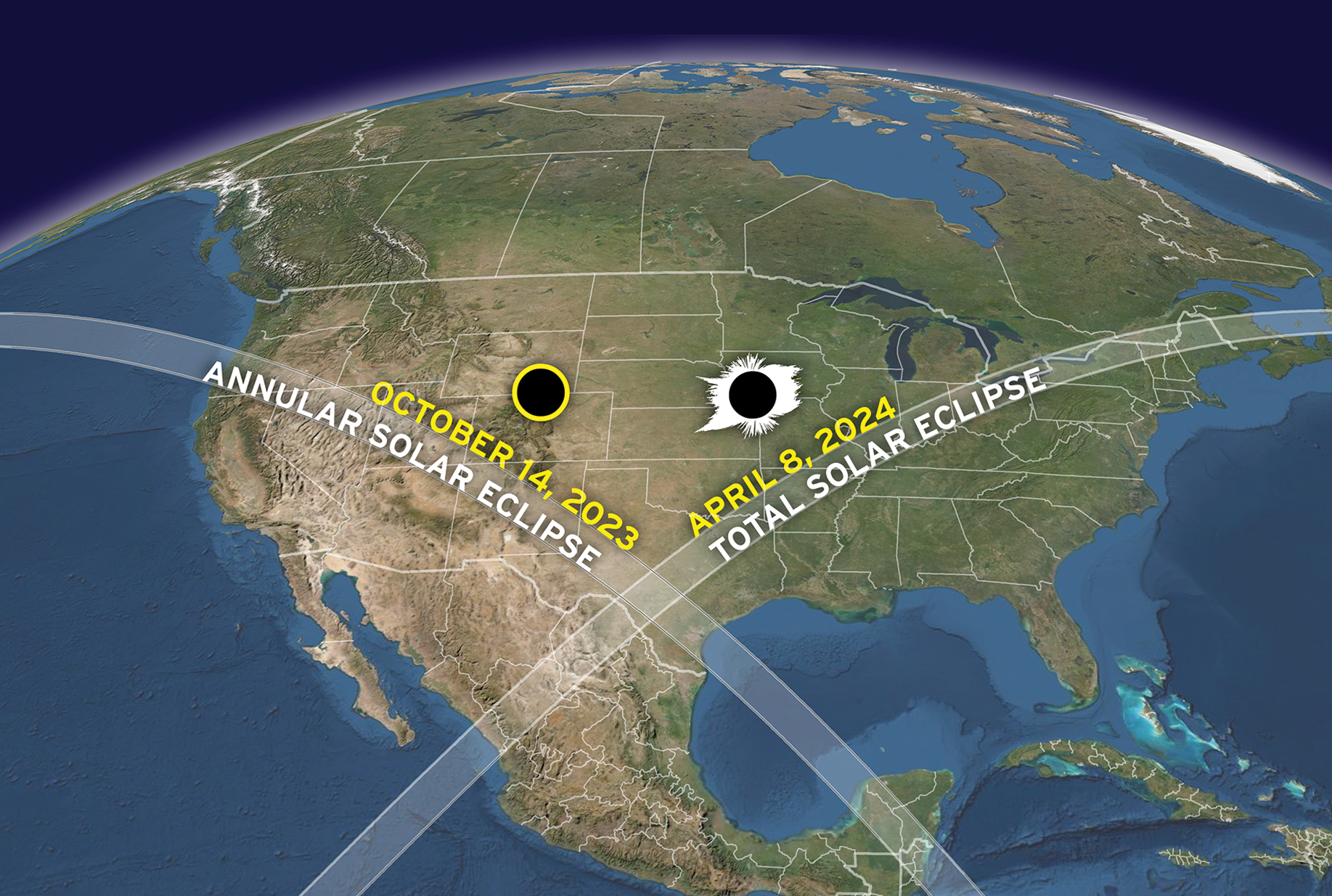Sun-watching Hinode spacecraft captures solar eclipse with X-ray vision
While observers on the ground might have missed an eclipse was even taking place, the Hinode spacecraft was treated to a dramatic X-ray view of the “ring of fire” as the Moon passed in front of the Sun
Your support helps us to tell the story
From reproductive rights to climate change to Big Tech, The Independent is on the ground when the story is developing. Whether it's investigating the financials of Elon Musk's pro-Trump PAC or producing our latest documentary, 'The A Word', which shines a light on the American women fighting for reproductive rights, we know how important it is to parse out the facts from the messaging.
At such a critical moment in US history, we need reporters on the ground. Your donation allows us to keep sending journalists to speak to both sides of the story.
The Independent is trusted by Americans across the entire political spectrum. And unlike many other quality news outlets, we choose not to lock Americans out of our reporting and analysis with paywalls. We believe quality journalism should be available to everyone, paid for by those who can afford it.
Your support makes all the difference.The last partial solar eclipse of 2022 took place on 25 October and was visible in parts of Europe, Africa, Asia and the Middle East.
But if you missed the eclipse, or would enjoy a better view than afforded by your location on Earth, the Hinode spacecraft has you covered.
Hinode is a Sun-observing mission of the Japanese space agency, Jaxa, in collaboration with Nasa and the UK, that has been watching the Sun nearly continuously since 2006.
While ground-based observers could watch the Moon occlude up to 6% of the Sun’s disk — while wearing protective eclipse glasses or using a pinhole projector to view the Moon’s shadow — Hinode’s positioning in its orbit allowed it to view a full annular solar eclipse. In an annular solar eclipse, the Moon blocks out almost all of the Sun’s disk, except for a “ring of fire” around the edges of the Moon’s shadow; this ring is part of the Sun’s surface, not the solar corona visible during a total solar eclipse.
In the images and video taken by Hinode, the black Moon, in deep shadow, can be seen moving in front of a richly red and angry looking Sun. Hinode took the images using its X-ray Telescope, one of three instruments the mission uses for observing the Sun, the other being the Solar Optical Telescope and the Extreme-Ultraviolet Imaging Spectrometer.
While observers on the ground missed the annular eclipse view on 25 October, much of the rest of the world missed the eclipse entirely.
But North, Central, and South Americans will get their own shot at viewing an annular eclipse next year. On 14 October, 2023, an annular eclipse will be visible in a 125-mile-wide path stretching from Oregon, through Texas, Mexico, and on into northern South America.
Then, on 8 April 2024, a total solar eclipse will be visible as the Moon’s shadow passes from Mexico, up through Texas, Ohio, and eventually the Canadian Maritime provinces. It will be the last total eclipse visible from the US until 2045.
The last time a total solar eclipse was visible in North America was 21 August 2017,

Annular solar eclipses occur when the Moon is further away from Earth in its orbit, and so its apparent size doesn’t cover all of the face of the Sun as it passes between viewers on Earth on the Sun. It’s not safe to view an annular eclipse without eye protection.
When the Moon eclipses the Sun while the Moon is closer to Earth, it covers the entire solar disk, leading to mid-day darkening and making visible the solar corona. Because the entire disk of the sun is blocked during the peak of a total solar eclipse, known as totality, it is safe to view the corona without eye protection during totality.
For anyone outside of the path of totality, that is, the roughly 115-mile wide shadow of the Moon as it passes over the Earth, they will see only a partial eclipse. And while a partial eclipse can still be interesting, it is almost night and day in terms of the difference between a partial and solar eclipse, according to Richard Fienberg, project manager of the American Astronomical Society’s Solar Eclipse Task Force.
“If you want to experience the grandeur of the total solar eclipse and not just a partial eclipse, you need to get into the path of totality,” he said. “As the Moon covers the last 1% of the Sun over the course of a minute or so, daylight fades by 10,000 times.”

Join our commenting forum
Join thought-provoking conversations, follow other Independent readers and see their replies
Comments